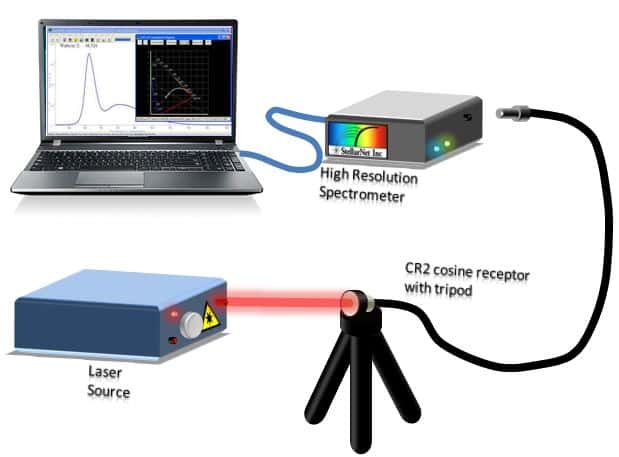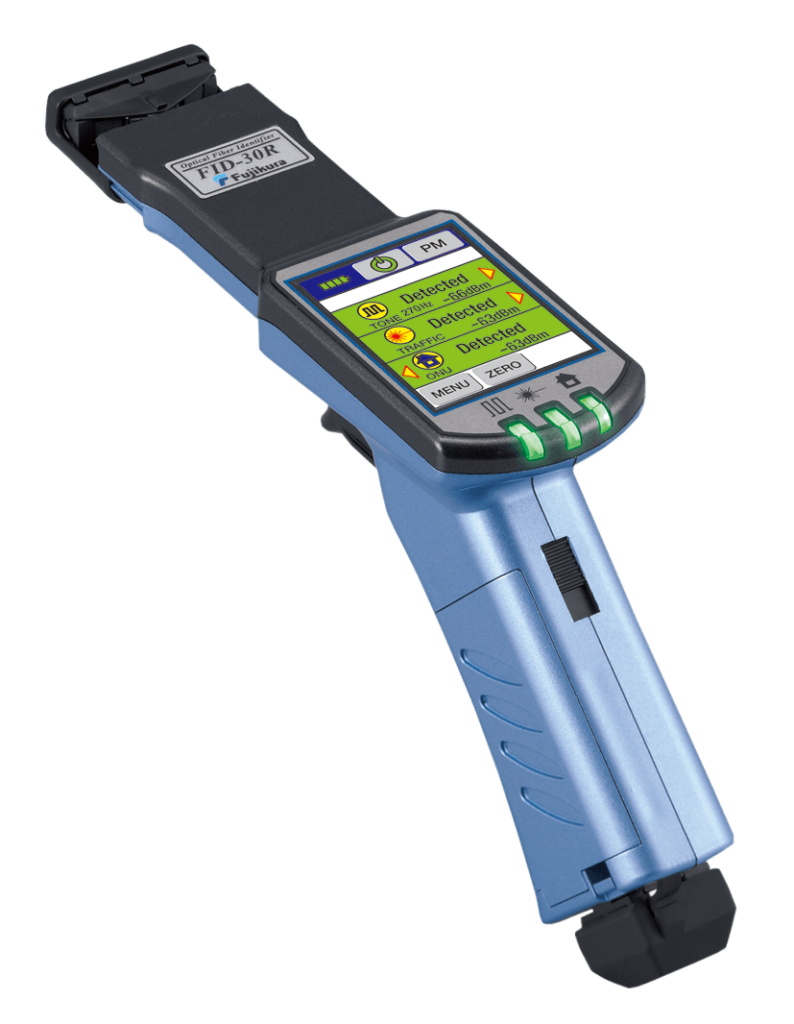Discover the Significance of an Optical Fibre Diameter Analyser for Precision Dimensions
The accuracy of optical Fibre measurements is paramount in the telecom field, where even the tiniest discrepancy in Diameter can bring about considerable signal degradation. An optical Fibre Diameter analyser acts as a crucial tool to ensure these dimensions are exact and consistent, thus enhancing total system performance. Past the prompt advantages in high quality and reliability, the implications of these dimensions include regulatory compliance and the innovation of modern technology. As we consider the developing landscape of electronic communication, the function of these analysers in shaping future criteria ends up being significantly relevant. What lies ahead in this essential field?
Comprehending Optical Fibre Diameter
Understanding the Diameter of optical fibres is essential for making sure optimal performance in telecommunications and data transmission applications. Optical fibers generally come in two main classifications: single-mode and multi-mode, each with unique Diameter requirements.
Standardization in Diameter requirements makes certain compatibility in between different Fibre types and ports, minimizing the threat of system failures. As telecoms technology continues to advance, the demand for trustworthy optical Fibre Diameter analysis comes to be significantly extremely important, emphasizing the value of utilizing innovative dimension tools and approaches to maintain high-grade interaction networks.
Advantages of Accurate Dimensions
Precise dimensions of optical Fibre Diameter are pivotal for optimizing network performance and dependability. The stability of optical signals is straight influenced by the uniformity and accuracy of Fibre diameters, as discrepancies can lead to boosted attenuation and signal destruction. By making certain that the Diameter of optical fibres is constantly measured within defined resistances, drivers can decrease losses and improve general transmission quality.
Furthermore, precise Diameter evaluations contribute to reliable Fibre splicing and connectorization. Mismatched diameters can cause inadequate combining effectiveness, leading to boosted insertion losses. This accuracy is particularly crucial in high-speed networks, where even small discrepancies can have considerable impacts on information transmission rates.
Additionally, maintaining stringent requirements for optical Fibre measurements help in compliance with sector regulations, ensuring that products meet needed specs. optical fibre diameter analyser. This not just boosts consumer confidence yet likewise enhances the credibility of makers and service suppliers in the competitive telecommunications landscape
Inevitably, the advantages of exact measurements extend past instant efficiency gains; they foster long-lasting reliability and sturdiness of network facilities, paving the way for future improvements in optical interaction technology.
Applications in Telecommunications
The applications of optical Fibre Diameter analysers in telecommunications are important for ensuring ideal network efficiency and effectiveness. optical fibre diameter analyser. These analysers play an important role in the manufacturing, setup, and maintenance of optical Fibre wires, where specific measurements of Fibre Diameter dramatically influence the general efficiency of communication systems
In telecommunications, preserving consistency in Fibre Diameter is essential for lessening signal loss and making best use of transmission quality. Variations in Diameter can result in boosted depletion and lowered transmission capacity, influencing information transmission prices. Optical Fibre Diameter analysers allow technicians to check and regulate these measurements throughout the production procedure, guaranteeing that the fibres satisfy rigid specs.
Additionally, throughout setup and maintenance, these tools help in validating that the set up fibres comply with the called for standards, therefore protecting against prospective failures in interaction framework. By employing optical Fibre Diameter analysers, telecommunications firms can enhance their service reliability and customer complete satisfaction.

Quality Assurance Specifications
In the world of optical Fibre production, adherence to quality assurance requirements is extremely important for ensuring the dependability and efficiency of interaction systems. The accuracy in optical Fibre Diameter is critical, as variations can dramatically impact signal honesty and general system performance. Subsequently, suppliers should apply strict quality assurance actions throughout the production process.

Furthermore, regular calibration of dimension tools is important for maintaining accuracy and uniformity in high quality control procedures. By adhering to recognized quality control criteria, suppliers not only improve the performance of their optical fibres yet likewise make sure client contentment and trust. This commitment to top quality enhances the one-upmanship in a quickly progressing telecoms market, where dependability and performance are non-negotiable. Ultimately, robust top quality control techniques are important to the success of optical Fibre production and the innovation of interaction modern technologies.
Future Trends in Dimension Modern Technology
Exactly how will improvements in measurement innovation shape the future of optical Fibre manufacturing? As the need for high-performance optical fibres intensifies, precision measurement tools will certainly end up being significantly crucial. Future patterns indicate a change in the direction of automated, high-throughput dimension systems that utilize sophisticated formulas and expert system to boost accuracy and Homepage performance. By integrating real-time information and advanced sensing units analytics, makers will certainly have the ability to monitor Fibre Diameter variations with unprecedented precision.
In addition, the incorporation of non-contact dimension techniques, such as laser triangulation and optical coherence tomography, will certainly decrease the risk of contamination and physical damage to optical fibres during evaluation. These developments promise to simplify high quality control procedures, guaranteeing that just one of the most dependable items reach the market.
Sustainability will also play a crucial duty in future measurement technology. Recyclable products and energy-efficient systems will be focused on, aligning with global environmental requirements. Additionally, the adoption of Industry 4.0 concepts will facilitate smooth integration of dimension modern technology within smart production communities, permitting for continual renovation and rapid technology.
Conclusion
Finally, the optical Fibre Diameter analyser functions as a vital tool for making sure accuracy in telecoms. Precise measurements straight enhance signal stamina and transmission top quality, thus lowering signal loss. These analysers not just support quality assurance standards but additionally foster web customer confidence in optical Fibre innovations. As the digital landscape proceeds to develop, developments in measurement innovation will certainly even more solidify the significance of these analysers in preserving ideal performance and reliability within the telecommunications field.
The precision of optical Fibre measurements is extremely important in the telecom sector, where also the smallest deviation in Diameter can lead to significant signal deterioration. An optical Fibre Diameter analyser serves as an important tool to make sure these dimensions are regular and accurate, thus improving general system efficiency. As telecoms technology continues to progress, the requirement for trusted optical Fibre Diameter evaluation becomes increasingly extremely important, underscoring the significance of using advanced measurement tools and techniques to maintain premium interaction networks.
Accurate measurements of optical Fibre Diameter are critical for maximizing network efficiency and integrity. Optical Fibre Diameter analysers allow technicians to keep an eye on and manage these measurements throughout the production process, guaranteeing that the fibers meet stringent requirements.